Cardiac progenitor cells and bone marrow-derived very small embryonic-like stem cells for cardiac repair after myocardial infarction
- PMID: 20081317
- PMCID: PMC2988430
- DOI: 10.1253/circj.cj-09-0923
Cardiac progenitor cells and bone marrow-derived very small embryonic-like stem cells for cardiac repair after myocardial infarction
Abstract
Heart failure after myocardial infarction (MI) continues to be the most prevalent cause of morbidity and mortality worldwide. Although pharmaceutical agents and interventional strategies have contributed greatly to therapy, new and superior treatment modalities are urgently needed given the overall disease burden. Stem cell-based therapy is potentially a promising strategy to lead to cardiac repair after MI. An array of cell types has been explored in this respect, including skeletal myoblasts, bone marrow (BM)-derived stem cells, embryonic stem cells, and more recently, cardiac progenitor cells (CPCs). Recently studies have obtained evidence that transplantation of CPCs or BM-derived very small embryonic-like stem cells can improve cardiac function and alleviate cardiac remodeling, supporting the potential therapeutic utility of these cells for cardiac repair. This report summarizes the current data from those studies and discusses the potential implication of these cells in developing clinically-relevant stem cell-based therapeutic strategies for cardiac regeneration.
Figures



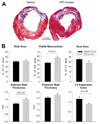


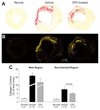
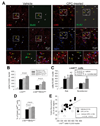
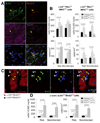
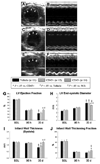
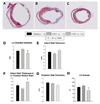

References
-
- Prockop DJ. Marrow stromal cells as stem cells for nonhematopoietic tissues. Science. 1997;276:71–74. - PubMed
-
- Orlic D, Kajstura J, Chimenti S, Jakoniuk I, Anderson SM, Li B, et al. Bone marrow cells regenerate infarcted myocardium. Nature. 2001;410:701–705. - PubMed
-
- Kajstura J, Rota M, Whang B, Cascapera S, Hosoda T, Bearzi C, et al. Bone marrow cells differentiate in cardiac cell lineages after infarction independently of cell fusion. Circ Res. 2005;96:127–137. - PubMed
Publication types
MeSH terms
Grants and funding
- R01 HL076794/HL/NHLBI NIH HHS/United States
- R01 HL055757/HL/NHLBI NIH HHS/United States
- R01 HL070897/HL/NHLBI NIH HHS/United States
- R01-HL-68088/HL/NHLBI NIH HHS/United States
- P01 HL078825/HL/NHLBI NIH HHS/United States
- R01 HL091202/HL/NHLBI NIH HHS/United States
- R01-HL-91202/HL/NHLBI NIH HHS/United States
- R01-HL-70897/HL/NHLBI NIH HHS/United States
- R01 HL074351/HL/NHLBI NIH HHS/United States
- R01-HL-76794/HL/NHLBI NIH HHS/United States
- R01 HL068088/HL/NHLBI NIH HHS/United States
- R01-HL-55757/HL/NHLBI NIH HHS/United States
- R37 HL055757/HL/NHLBI NIH HHS/United States
- R01-HL-74351/HL/NHLBI NIH HHS/United States
- R01-HL-78825/HL/NHLBI NIH HHS/United States
LinkOut - more resources
Full Text Sources
Other Literature Sources
Medical

